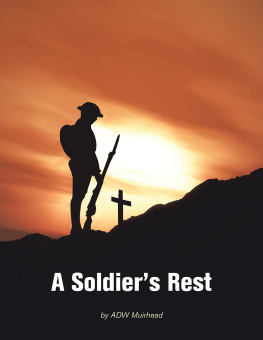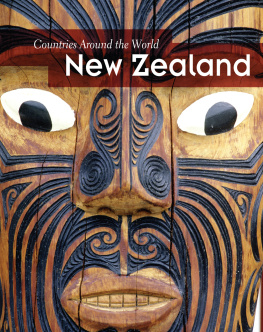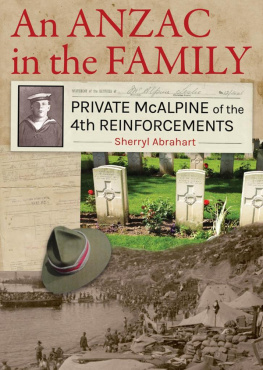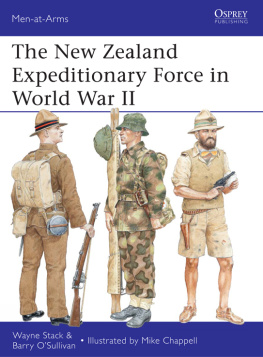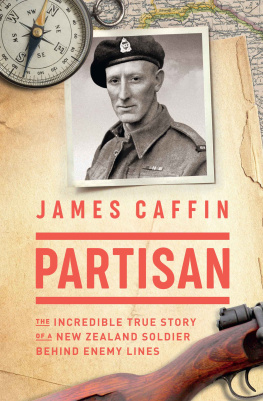They were a generation of strong young men, born of pioneer settlers and taught to survive in harsh conditions. Fired up to serve their country and eager to see the world, these Johnny Enzeds left their farms, factories, shops and schoolrooms to take up arms in a war they thought would last just a few months. Over 100,000 men and women would embark for overseas service and almost 60,000 of them became casualties. For a small nation like New Zealand this was a tragedy on an unimagined scale.
Using their own words, this book reveals what these men experienced the truth of their lives in battle, at rest, at their best and their worst. This is not a campaign history of dry facts and battle strategies. Rather, it examines the everyday experience of life in all its shapes and forms as ordinary New Zealand soldiers defied the odds throughout the Great War. Glyn Harper has scoured hundreds of letters, diaries and memoirs to create a riveting story that takes the reader from the training camps of the Wairarapa to the bordellos of Cairo, from the beaches of Gallipoli to the trenches of the Western Front. Surprising facts are revealed and colourful stories are told. Who better than Johnny Enzed to describe the reality of gas attacks, food, barbed wire, the use of the bayonet, discipline, mateship, rats and infectious diseases? This is the story of ordinary men thrust into the most extraordinary circumstances imaginable and it is told with heartfelt passion and unvarnished truth.
Johnny Enzed is based on substantial research by one of our finest military historians. He has succeeded in writing a genuine page-turner that sets it apart from other First World War histories.
JOHNNY
ENZED
Also published by Exisle in this series:
New Zealands First World War Heritage
(Imelda Bargas and Tim Shoebeidge)
Opposite: Trooper Ralph Beetham of the Wellington Mounted Rifles.
(Wairarapa Archive 14-130-002-013)
Endpapers (front): New Zealand Mounted Riflemen about to set off for war.
(Wairarapa Archives 13-156-003-070)
Endpapers (back): Mounted Johnny Enzeds sit near their trench shelters in the Sinai.
(Wairarapa Archive 14-116-002-021)
JOHNNY
ENZED
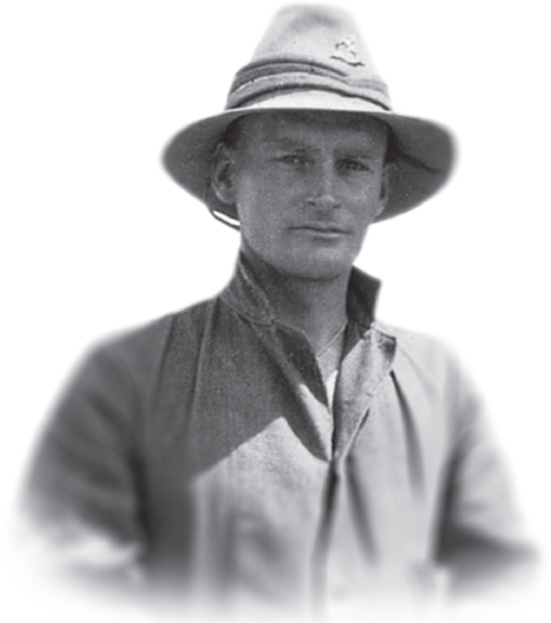
The New Zealand Soldier in the
First World War 19141918

GLYN HARPER


To Johnny Enzed 19141918
First published 2015
Exisle Publishing Limited,
P.O. Box 60-490, Titirangi, Auckland 0642, New Zealand.
Moonrising, Narone Creek Road, Wollombi, NSW 2325, Australia.
www.exislepublishing.com
Copyright Massey University 2015
Glyn Harper asserts the moral right to be identified as the author of this work.
All rights reserved. Except for short extracts for the purpose of review, no part of this book may be
reproduced, stored in a retrieval system or transmitted in any form or by any means, whether electronic,
mechanical, photocopying, recording or otherwise, without prior written permission from the publisher.
A catalogue record for this book is available from the National Library of New Zealand.
ISBN 978-1-77559-202-0
ePub ISBN 978-1-77559-238-9
Text design and production by Nick Turzynski, redinc.
Cover design by Book Design Ltd
CONTENTS

FOREWORD
One of the most valuable and enduring legacies of New Zealands centennial commemorations for the First World War is a series of books published under the auspices of Massey University, the Ministry of Defence, the Ministry for Culture and Heritage and the RSA. The series focuses on topics which have not been covered before or provide fresh perspectives on New Zealands experiences of the First World War.
Glyn Harpers Johnnie Enzed: The New Zealand Soldier in the First World War 19141918 falls largely into the second category. My first reaction was that soldiers experiences of conflict in the First World War have already been covered in a number of publications. However, on reading this book it quickly became clear that Glyn Harpers compelling narrative, drawing on correspondence, diaries and oral histories, does indeed offer new insights. He has conveyed the nature of war in a way that soldiers can relate to including the highs, the lows and the brutal outcomes of sudden events.
The soldiers reactions to the realities of the war differ markedly. Some men bare their souls. Others are stoic and reticent, leaving readers to come to their own conclusions. In either case, Harper lets the men speak before providing a matter-of-fact summary of their fate death on the battlefield or from their wounds, or survival. William Prince, on the Western Front, writes home to his family, confident that they will read in the newspaper about the devil of a shock about to be suffered by old Fritz. Instead, we learn that they would have read news of his being killed in action.
I was moved by George Soutars account of an unnamed man whose brother, standing beside him, was hit by a shell. Only the bottom half of his legs remained, so his brother stopped his digging, carefully gathered his brothers remains and buried them and then resumed his digging. Soutars admiration and astonishment are clear when he writes: WHAT SHEER GUTS.
This human dynamic, interwoven with chronological narrative, provides a new understanding of the course of the battles in which our troops fought and of the development of the NZEF as a fighting force.
It is gratifying to read an excerpt from the private diary of Field Marshall Douglas Haig, Commander of the British Expeditionary Force. He wrote of the New Zealand troops: They always did more than they were asked to do. No one had distinguished themselves in the Battle [the Somme] more than they had. We could not ask for a better epitaph for the New Zealand soldier of the First World War.
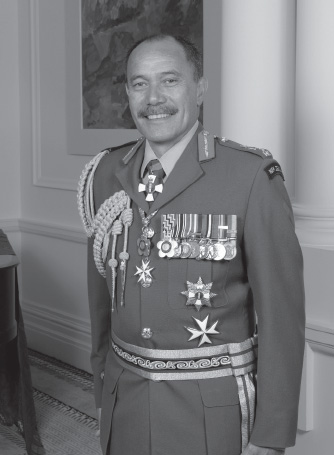
Lt Gen The Rt Hon Sir Jerry Mateparae, GNZM QSO Governor-General of New Zealand
ACKNOWLEDGEMENTS
A book such as this would not be possible without the input and support of many people. Johnny Enzed is part of the First World War Centenary History series and owes much to the vision of Massey University Vice-Chancellor, the Honourable Steve Maharey, and former Chief of the Defence Force, Lieutenant General (Rtd) Rhys Jones. They were both deeply committed to the idea of a scholarly, multi-volume history of New Zealands involvement in the First World War and were instrumental in establishing the Centenary History series. I would also like to thank Steve Maharey and Professor Brigid Heywood for allowing me the time to research and write this volume in the series.
I would like to acknowledge the support of Professor Heywood and Gerald Hensley, who are the co-chairs of the Governance Group of the Centenary History project. Thanks are due too to the members of all the partnering organisations in the Governance Group who have supported this volume from the beginning.
Next page

